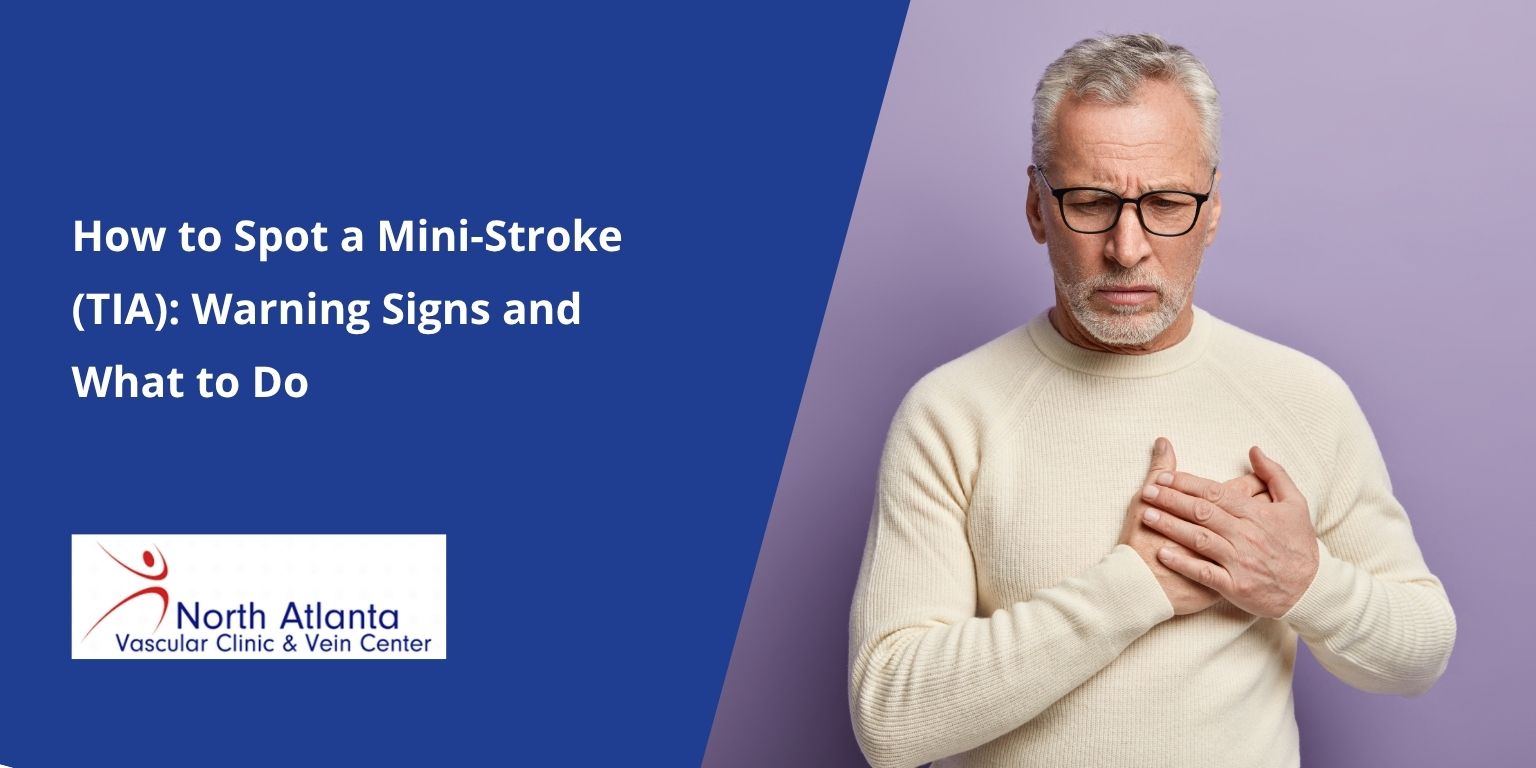



A sudden feeling of dizziness, slurred speech, or weakness in one arm might seem minor, but these can be early indicators of a mini-stroke, medically known as a Transient Ischemic Attack (TIA). Knowing how to spot a mini stroke and reacting quickly could mean the difference between full recovery and long-term disability. While a TIA doesn’t cause permanent brain damage, it’s an urgent warning that a full stroke could follow soon.
A Transient Ischemic Attack (TIA) occurs when blood flow to a part of the brain is temporarily reduced or blocked, usually by a small clot. This interruption briefly deprives the brain of oxygen and nutrients, leading to stroke-like symptoms that typically resolve within 24 hours.
Unlike a full stroke, a TIA doesn’t cause lasting damage. However, it serves as a crucial warning sign. People who experience a TIA are at significantly higher risk of having a stroke in the near future, especially within the first 48 hours. Understanding how to spot TIA events early and seeking immediate medical attention can help prevent permanent complications.
Recognizing TIA symptoms and signs quickly can save your life. The simplest way to remember what to look for is with the FAST acronym:
A TIA is often referred to as a “warning stroke.” Ignoring it can have devastating consequences. Studies show that 1 in 3 people who experience a mini-stroke will later suffer a full stroke, sometimes within the same week.
The underlying cause, usually a blood clot, plaque buildup, or narrowed arteries, won’t go away without treatment. Addressing these issues early can help prevent long-term disability or death.
If you suspect someone is experiencing a TIA or stroke, don’t wait for the symptoms to resolve. Here’s what to do immediately:
Understanding how to prevent mini strokes starts with managing risk factors and adopting a brain-healthy lifestyle.
Even if your TIA symptoms have faded, schedule a follow-up with a vascular specialist or neurologist as soon as possible. Diagnostic tests can identify potential blockages or blood flow issues.
Common evaluations include:
After a TIA diagnosis, your care plan will depend on the cause. In some cases, surgical or minimally invasive procedures may be necessary, such as:
A mini-stroke (TIA) may last only a few minutes, but its warning should last a lifetime. Knowing how to spot TIA symptoms early, taking immediate action, and making lasting lifestyle changes can help safeguard your brain and heart.
If you’ve experienced sudden weakness, slurred speech, or vision loss, even briefly, seek medical help immediately. Quick evaluation and treatment can prevent serious complications and protect your long-term health.
At North Atlanta Vascular Clinic, our expert vascular specialists are dedicated to helping you prevent strokes and manage vascular conditions with precision and care. We use advanced diagnostics and personalized prevention strategies to help you stay healthy and confident.
Schedule your consultation today to discuss your symptoms or learn more about stroke prevention. Early action can save lives, starting with yours.